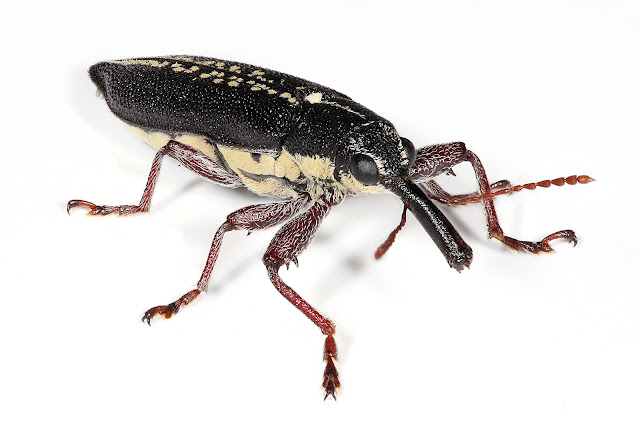Animal Wildlife | Insect | Insect (also called Insecta) is the main group of segmented animals (arthropods) with six legs (three pairs), which is why they are called Hexapoda (from the Greek word meaning "six-legs").
The study of insects is called entomology. Insect belongs to a class of Insecta (subfilum Uniramia) which is further divided into 29 orders, including Diptera (eg flies), Coleoptera (ie beetles), Hymenoptera (eg ants, bees, and wasps) and Lepidoptera (eg butterflies and moths). Apterigota group consists of four orders for all adult insects have no wings, and 25 other orders are included in the group Pterigota because it has wings.
Insects are segmented animals with a very high level of adaptation. Insects are relatively small in size and was first successfully colonizes in the earth.
One of the reasons why insects have a high diversity and abundance is their high reproductive capacity. The insects reproduce in very large quantities, and in some species are even able to produce several generations in one year.
Other abilities of insects which are believed to have been able to maintain its existence until now is the ability of insect to fly. Animals that have ability to fly can avoid many predators, find food and mates, and spread to new habitats much faster than animals which crawling on the ground.
Most insects undergo metamorphosis, the life cycle with several distinct stages: egg, larva, pupa, and imago. Several orders that undergoing metamorphosis are Lepidoptera, Diptera, Coleoptera, and Hymenoptera. An incomplete metamorphosis is a life cycle with stages: egg, nymph, and imago. The occurrence of larva leaving the egg is called eclosion. After eclosion, the new born insects are some or absolutely similar to their parent. These immature stages generally have a lot of eating behavior traits.
Insects have a very high level of adaptation in every kind of habitats. Their fossils can be traced to the Ordovician period. It has been found fossils of primitive giant cockroaches and dragonflies. Several members of Diptera such as flies and mosquitoes that are trapped in the sap were also found.
The insect is also a classic example of metamorphosis processs. Each insect undergoes a process of transformation from egg to the adult form that is ready to reproduce. Phase change of body shape is often very dramatic. Within each stage there is also a process of "moulting". These stages are called instars. Orders of insects are often characterized by their type of metamorphosis.
In morphology, adult insects can be divided into three main sections, while the pre-adult shape usually resembles to their ancestors, a worm-like soft segmented animal. The three body parts of the adult insect are the head (chepalus), chest (thorax), and stomach (abdomen).
Many insects are beneficial to human life, such as insects which role in waste decomposing as spoilage organisms, as an object of aesthetic and tourism, play a role in pollination as well as the natural enemies of plant pests, as animal feed (bird feed), producing honey (genus Apis), etc.







0 Response to "Insect"
Post a Comment